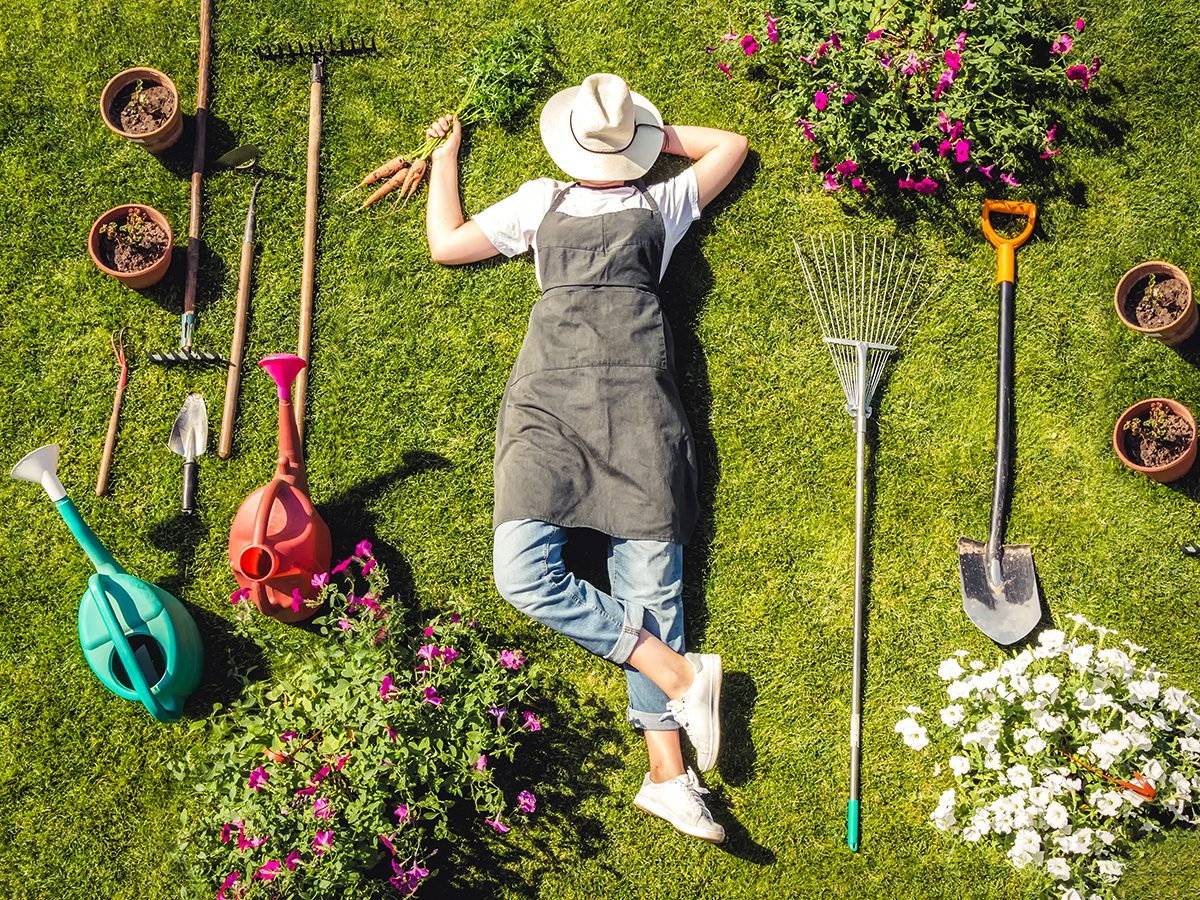Gardening is a great activity for individuals and whole families. Benefits range from beautiful yards to fresh and free fruits and vegetables. Even if you have a green thumb, some tips and tricks to the trade yield results. Read on for some insights you can use in growing your plants.
Use a solution made of a combination of alcohol, water, and vinegar to remove the salt deposits that may accrue in clay pots. Spray it on the the pots and scrub away with a brush, preferably plastic. This allows you to continue to reuse those clay pots! Make sure the pots are dry before using them though.
Use stones as plant markers if you want to keep a natural looking motif. You can write with permanent magic marker on the flat side of stones and surround your plant with them. That way you will be able to tell what type of plants you have without having an unsightly white mark.
You can dry herbs by putting them in your car. You can neatly arrange them on a sheet of newspaper in a single layer. Then close the doors and windows and let it air dry. The warmth in the car will dry the herbs quickly. The herbs themselves will create a very nice aroma.
Do not kill the spiders in your garden. Spiders prey on other insects and can keep unwanted bugs under control. They are a natural source of control for common garden pests. When you see a spider, you should leave him alone to do its job. This will reduce your need for insecticides in your garden.
An excellent way to store the goodies from a homegrown garden is to freeze them in small batches. Using small sealable plastic bags and cutting small amounts of fresh vegetables every few days will help store the extras from the garden. Just bag and toss in the freezer and the packets can be added at any time to soups and pastas year round.
Try using a natural weed killer that does not contain harsh chemicals. Spray weeds with full strength white vinegar to kill them, and reapply as necessary if you see any new growth. Vinegar can also kill plants that you want to keep, so make sure not to spray it on weeds that are growing in the middle of other plants you do not want to kill.
As you plan your garden this year, change the layout so that it’s different from where the various plants were located last year. For example, place your tomatoes in the part of the garden where the corn grew last season. This rotation of crops will help keep your soil from becoming depleted of the nutrients needed by each type of vegetable.
Any gardener knows that seeds properly planted bare fruit after time. Keep the seeds of knowledge from this article planted firmly in the garden of your mind. Over the coming seasons and growing cycle, you are sure to see the advice here blossom into helpful habits in your gardening activities.

